Brass wire is an essential material across industries such as electrical, automotive, jewelry, and construction. Its excellent conductivity, corrosion resistance, and durability make it a preferred choice. However, brass wire often needs to be reduced from larger rods or coils into smaller, precise diameters for specific applications. This is where brass wire drawing machines play a crucial role.
What is a Brass Wire Drawing Machine?
A brass wire drawing machine is an industrial tool that reduces the diameter of brass wire by pulling it through a series of progressively smaller dies. This process enhances the wire’s strength and surface finish while achieving exact dimensional control.
How the Wire Drawing Process Works
Preparation: The brass rod or thick wire is cleaned and sometimes coated with lubricant to minimize friction.
Drawing Through Dies: The wire is pulled through a sequence of tungsten carbide or diamond dies, each smaller than the previous one.
Multiple Stages: Depending on the final required diameter, the machine may include several drawing steps in one continuous operation.
Annealing (Optional): Brass wire may be annealed (heat-treated) between passes to maintain ductility and prevent breakage.
Types of Brass Wire Drawing Machines
Single-Block Wire Drawing Machines
Used for thicker brass wires.
Suitable for initial reduction stages.
Compact and cost-effective.
Multi-Block Wire Drawing Machines
Designed for continuous reduction of wire diameter in multiple steps.
Ideal for producing fine brass wires.
Ensures consistent quality and surface finish.
Fine Wire Drawing Machines
Specially built for ultra-thin brass wires.
Used in electronics, precision components, and jewelry.
Brass Wire Sizes and Applications
Thicker Brass Wire (2–6 mm): Commonly used in construction, fasteners, and mechanical parts.
Medium Brass Wire (0.5–2 mm): Ideal for automotive components, springs, and industrial fasteners.
Fine Brass Wire (below 0.5 mm): Used in electrical wiring, jewelry making, and electronic connectors.
Each size requires different drawing machine capabilities, die sets, and sometimes intermediate annealing to balance hardness and flexibility.
Key Benefits of Brass Wire Drawing Machines
Precision: Achieves exact diameter control with minimal tolerance.
High Productivity: Continuous operation with multiple die stages.
Surface Finish: Produces smooth, bright brass wire suitable for final applications.
Material Optimization: Reduces waste and ensures consistent mechanical properties.
Choosing the Right Machine
When selecting a brass wire drawing machine, manufacturers should consider:
Desired final wire diameter.
Production volume requirements.
Energy efficiency and automation features.
Quality of dies (tungsten carbide or diamond).
Maintenance needs and durability.
Conclusion
Brass wire drawing machines are vital for transforming raw brass rods into wires of various diameters that power modern industries. From heavy-duty construction wires to ultra-fine wires for electronics and jewelry, these machines provide the accuracy, speed, and reliability required for diverse applications.




 中文简体
中文简体 русский
русский Español
Español عربى
عربى
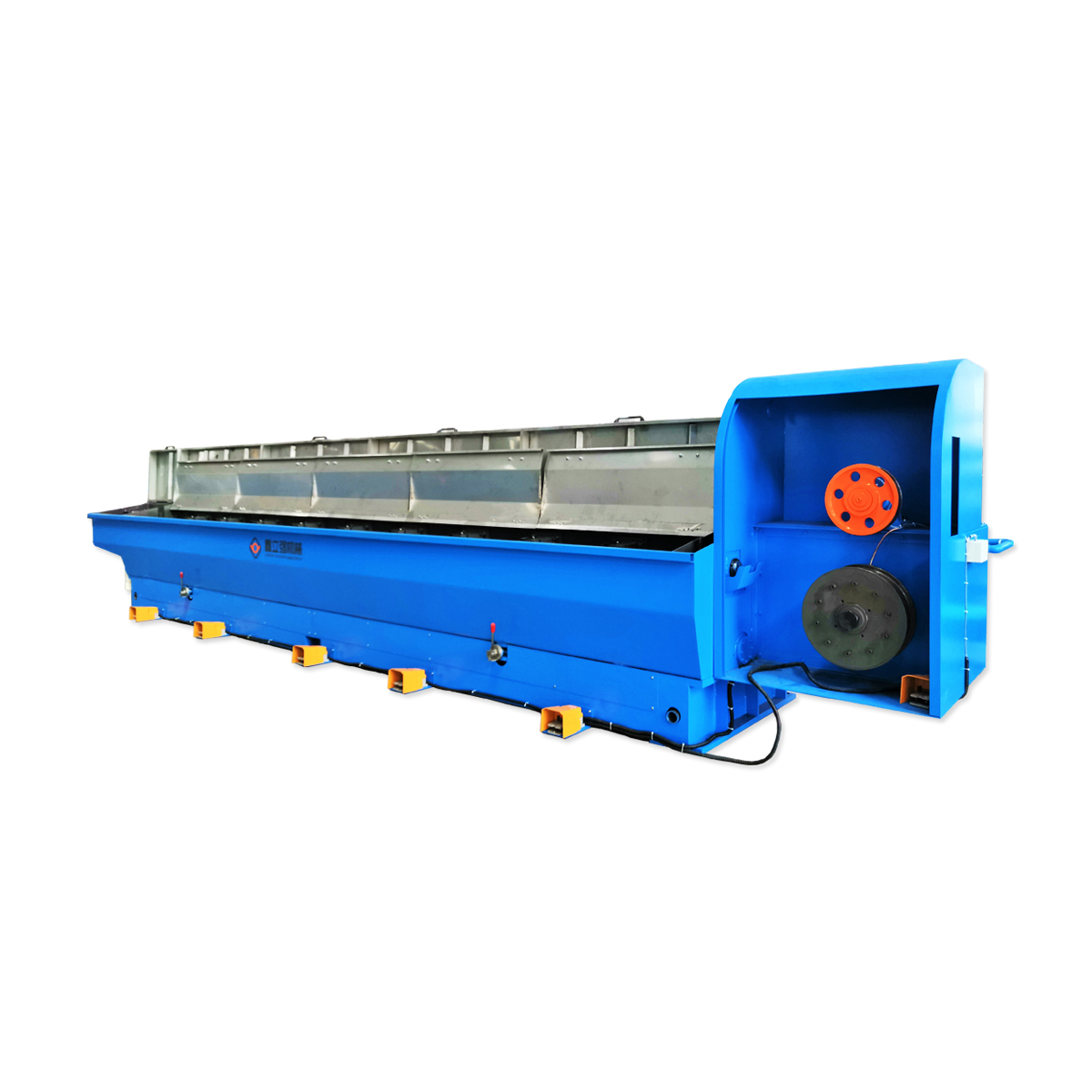
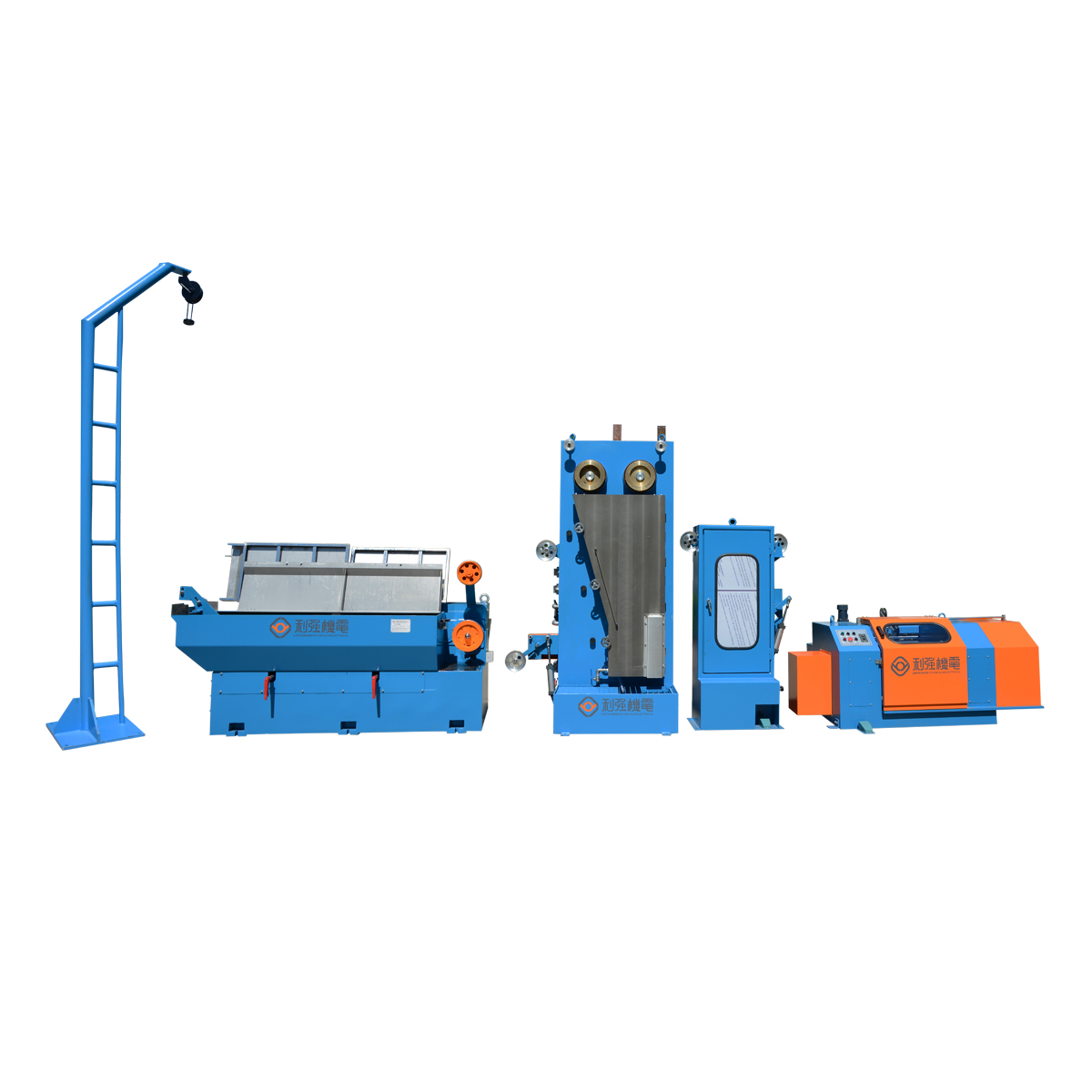
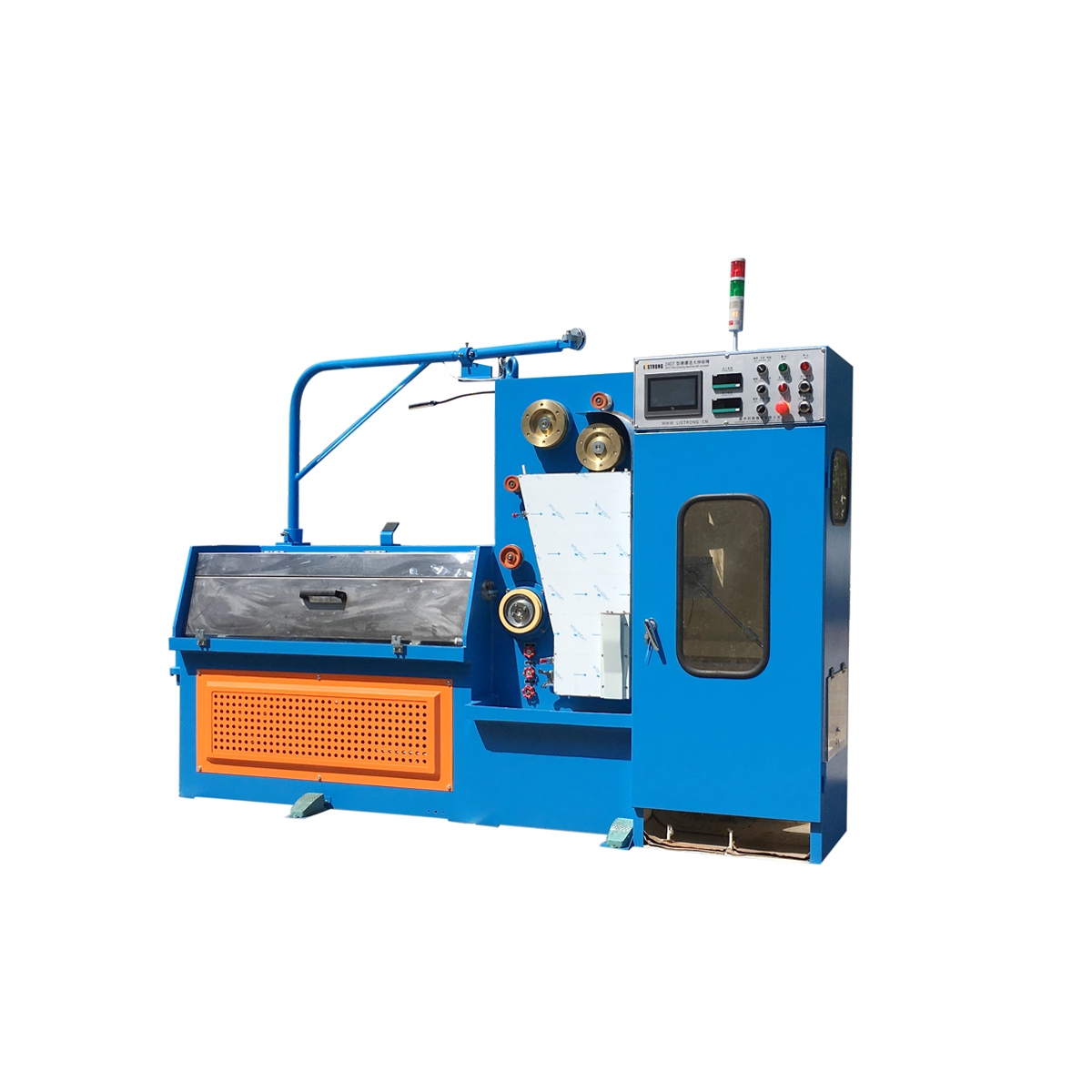
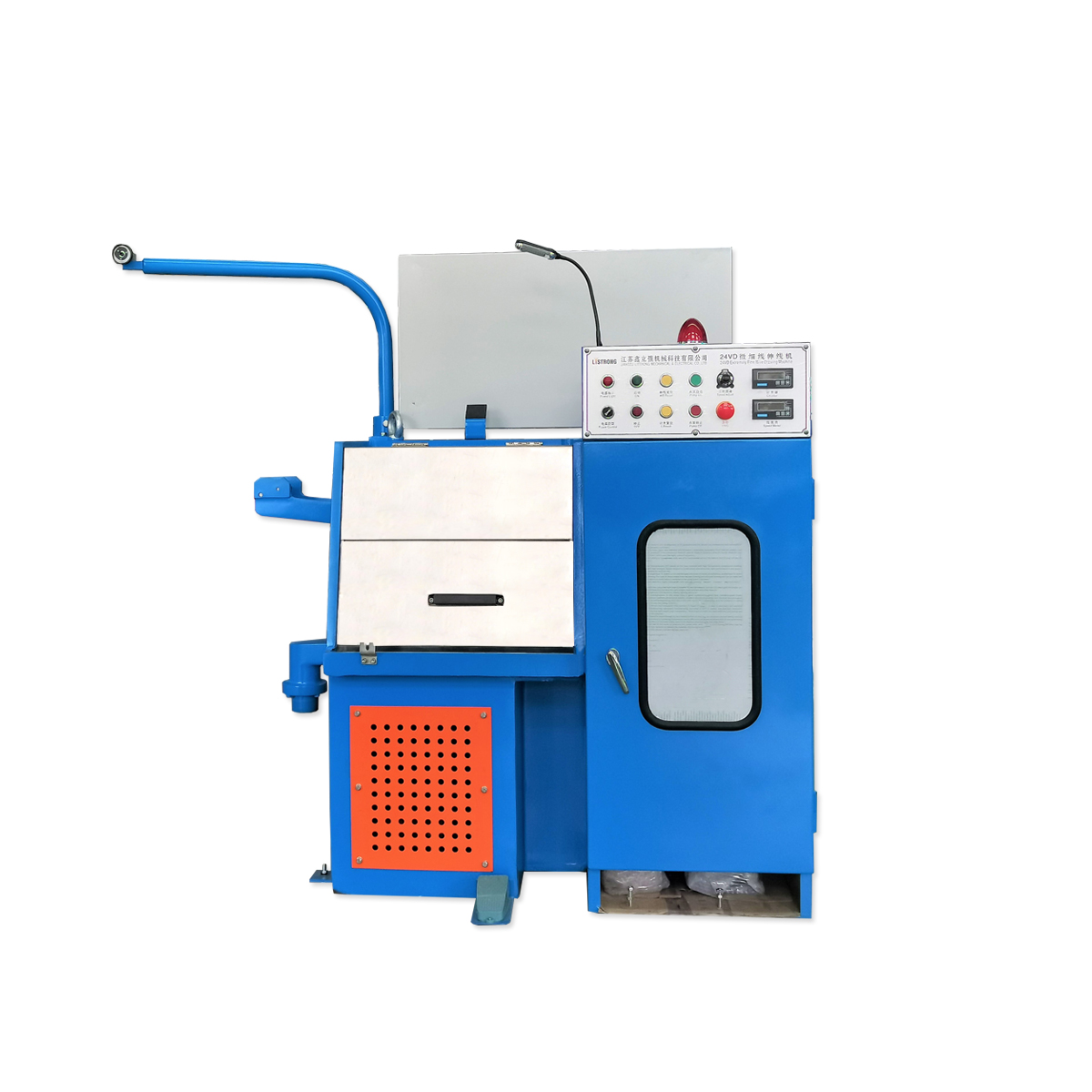
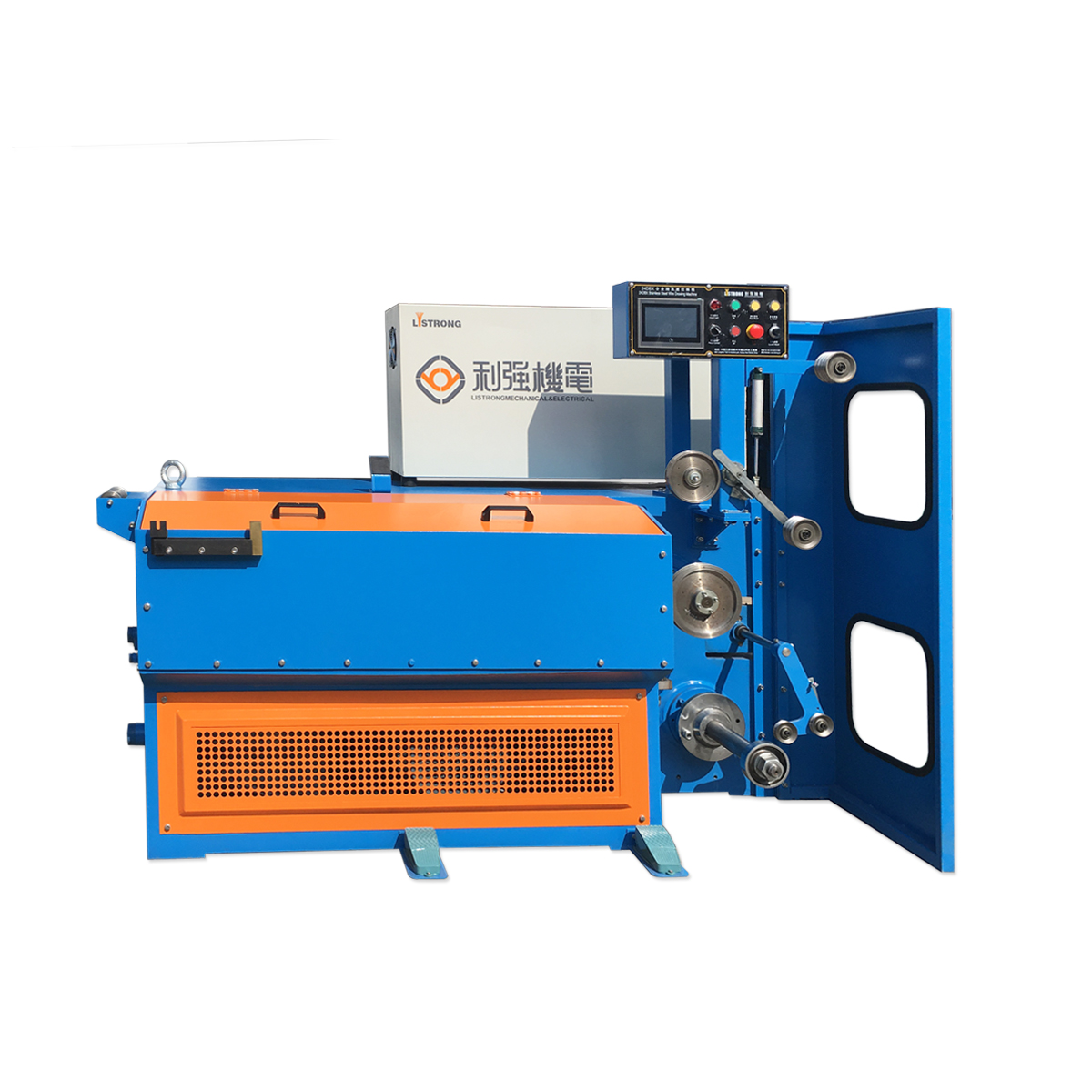
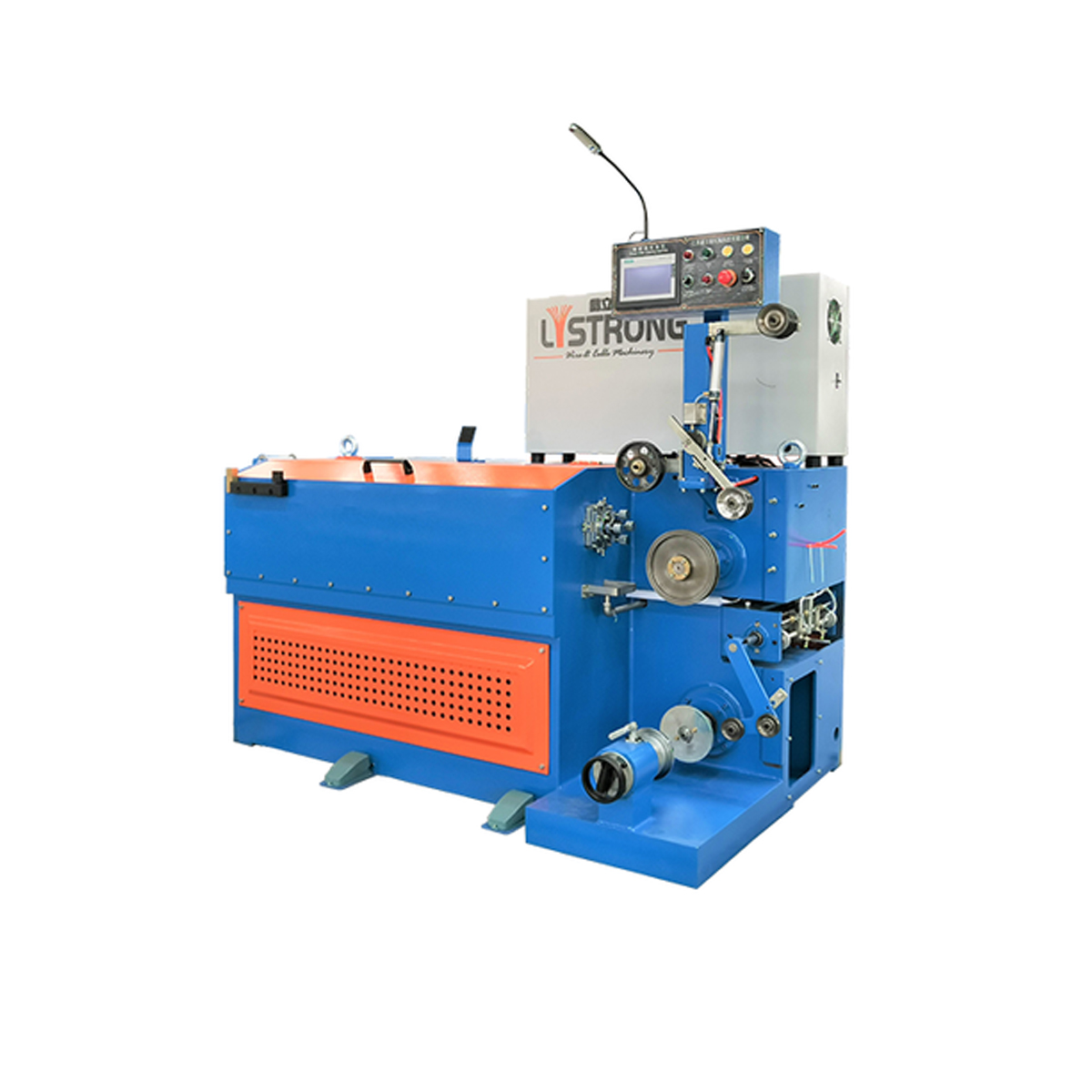
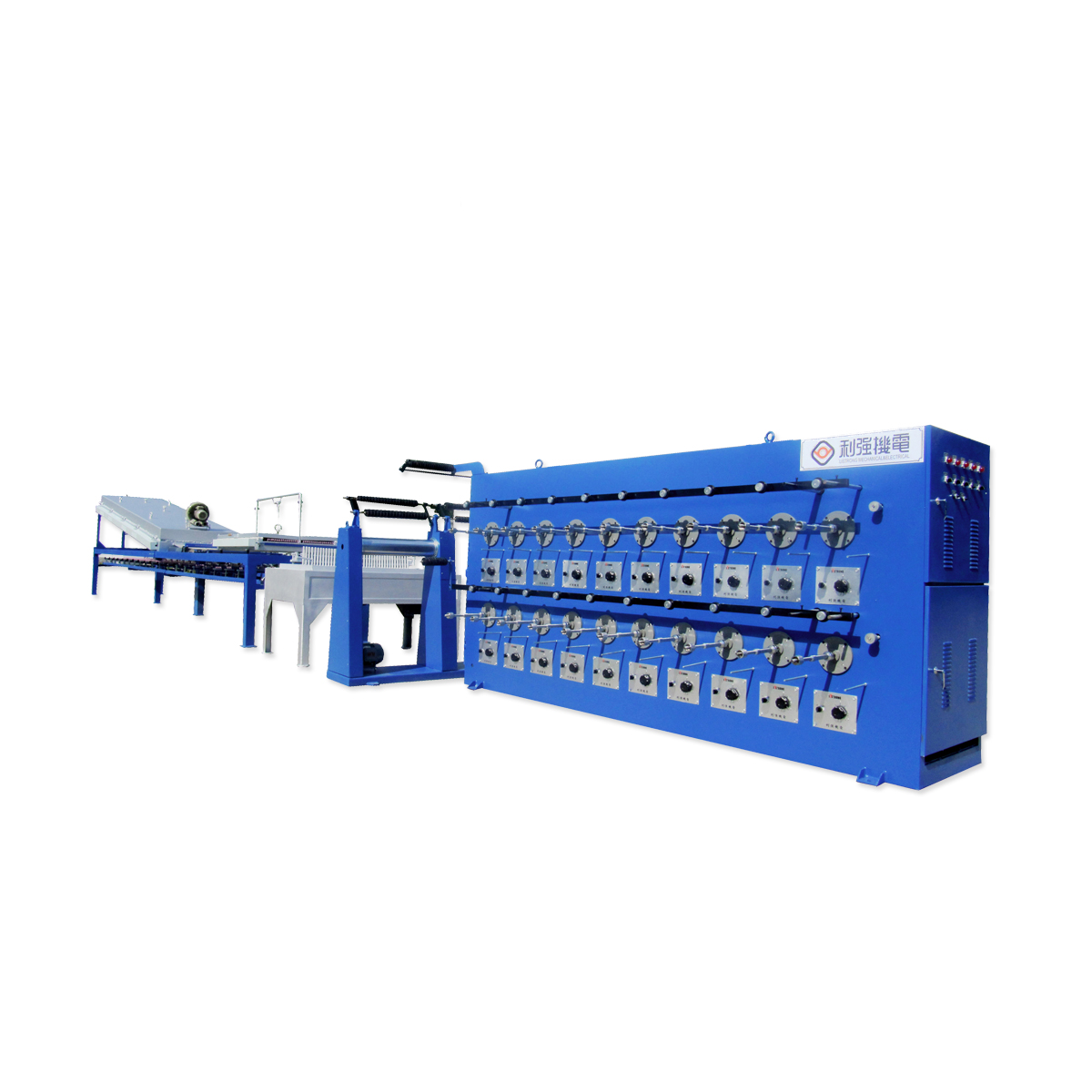
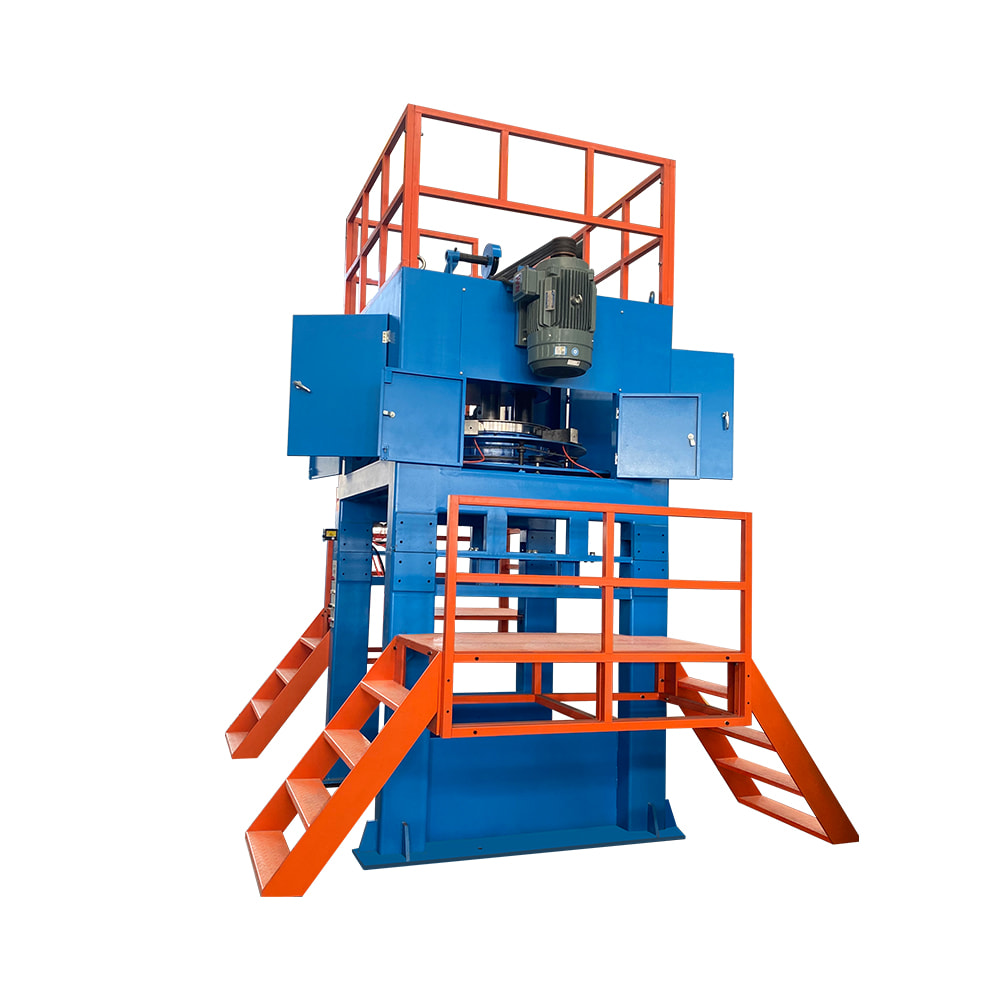
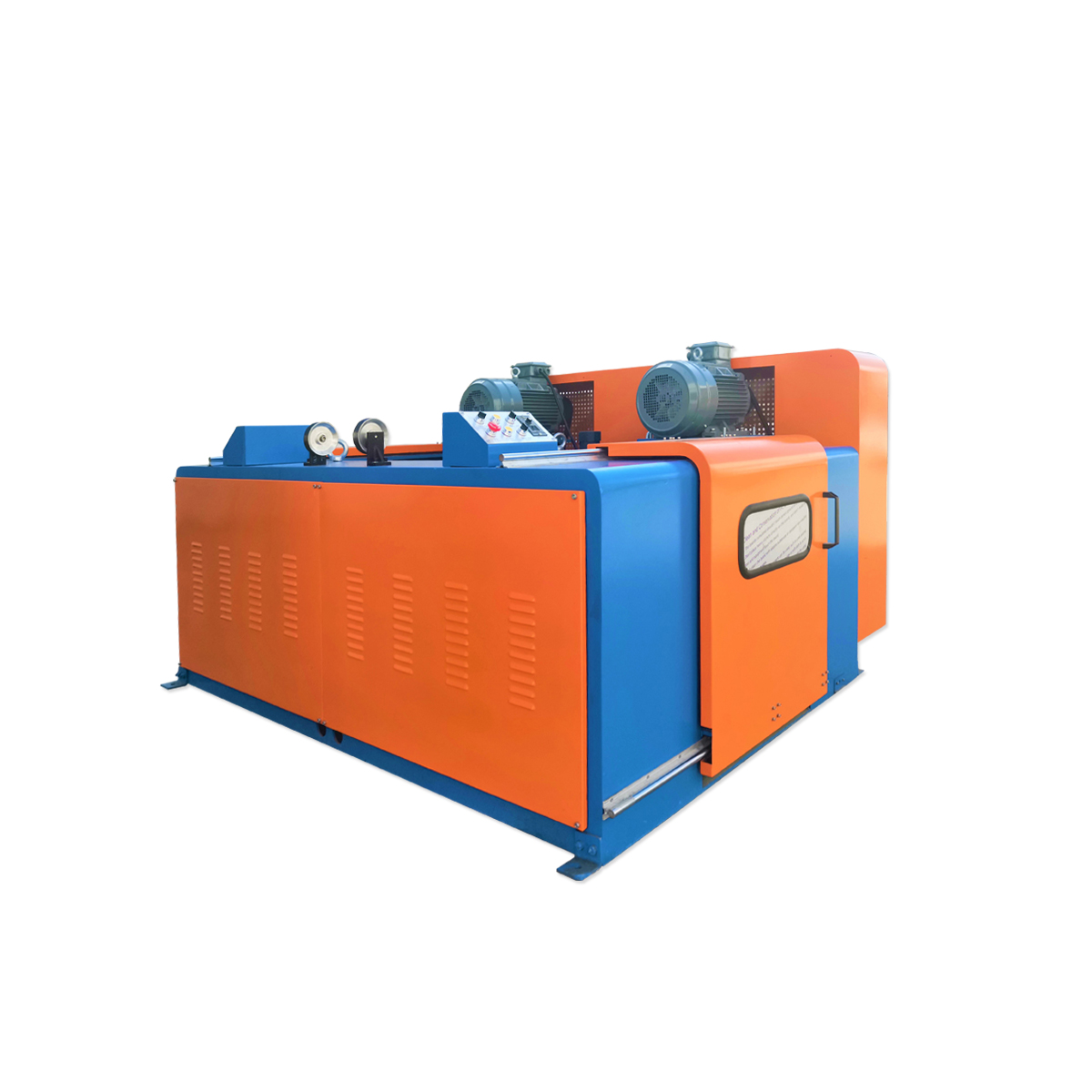




Contact Us